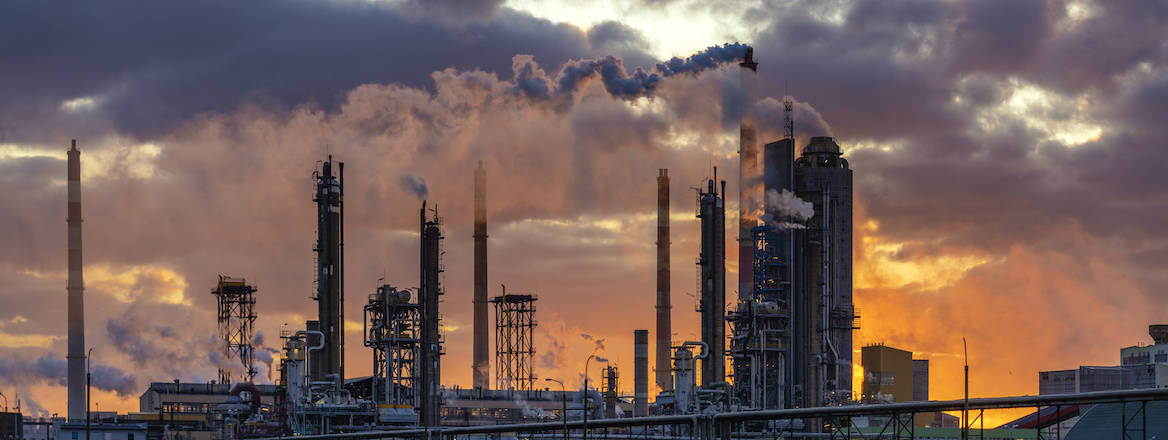Remote Assessment of North Korea's Chemical Weapons: Feasible or Not?
This Occasional Paper investigates how open source research and remote sensing technologies could be used to assess North Korea's chemical weapons capability.
The international community widely perceives North Korea to possess an offensive chemical weapons (CW) programme. However, detailed understanding and analytical assessment of its status, scope and scale is lacking, especially in the public domain. Although North Korea is notorious for being a hard target to assess, there are an increasing number of open source and commercially available tools – such as higher-resolution satellite imagery and remote sensing technologies – that researchers have used to gather data to inform assessments of North Korea’s nuclear weapons activities. However, the applicability and usefulness of these tools being applied to support critical assessment of a CW programme remains underexplored.
This feasibility study investigates how open source research and remote sensing technologies could be used to assess North Korea’s CW capability. The authors have taken a case study approach, looking specifically at the activities of the Namhung Youth Chemical Complex in Anju, North Korea. The paper maps out possible chemical processes at the complex, identifies possible CW risk, explores what signatures these activities may have and assesses how remote sensing could support further analysis.
The authors conclude that the Namhung Youth Chemical Complex is not a site used purely for CW production, but does likely retain activities relevant for CW. They assess that for such an approach to have the most value, the method would need to be replicated across North Korea’s chemical industry and analysis should consider CW production as a network and not on a site-by-site basis. The paper finds that while remote sensing tools will not be a silver bullet in assessing the status, scope and scale of North Korea’s CW programme, they can be used to refine hypotheses about North Korea’s CW capability.
WRITTEN BY
Cristina Varriale
RUSI Associate Fellow, Proliferation and Nuclear Policy
Sarah Clapham
- Jim McLeanMedia Relations Manager+44 (0)7917 373 069JimMc@rusi.org


